Car combination switch is an indispensable component in modern cars, responsible for controlling the switch operation of various in-car functions. This multifunctional control system is usually installed near the steering wheel and is a key device for the driver to easily control various functions of the vehicle while driving.
The design of the combination switch can vary according to the needs of different models and brands, but the basic functional layout remains consistent to ensure that the driver can operate various functions in the car without distraction. The combination switch can operate the left and right turn signal lights, usually on the stick switch on the left side of the steering wheel, and the signal prompt of left or right turn is realized by toggling the stick up and down.
The combination switch is also responsible for controlling the switch of the lights, including headlights, low beams, high beams, parking lights, fog lights and other functions. By rotating or toggling the switch, the driver can quickly adjust the status of the lights.
On the stick switch on the right side of the steering wheel, the combination switch usually integrates the control function of the wiper. The driver can adjust the speed of the wiper, spray cleaning and the switch of the rear window wiper.
The horn button of many models is also integrated on the combination switch, which can usually be sounded by pressing the center area of the steering wheel or a specific position of the left and right sticks.

The combination switch of some high-end models includes a cruise control function, allowing drivers to easily maintain a constant speed on the highway.
In cold or wet weather, the combination switch can also control the defogger of the window to ensure the driver's clear vision.
Traditional car combination switches mainly rely on mechanical structures to control different functions through physical levers and buttons. Mechanical structures usually have the characteristics of strong reliability and clear feel, but the operation method is relatively simple.
With the development of automotive electronics, modern car combination switches have gradually introduced electronic control modules. This design can achieve more complex functions, such as adjusting light brightness, wiper speed, etc. At the same time, the electronic module can also be linked with other systems in the car to provide a smarter control experience.
Some high-end models have begun to use fiber optic sensor technology to sense the driver's operating intentions. This technology has the advantages of fast response speed and high precision, which can significantly improve the driving experience.
The combination switches of some modern cars are equipped with a display screen to display the current operating status and feedback information, so that the driver can understand the working status of the switch more intuitively.
When the left combination switch lever is turned up, the right turn signal light is on; when it is turned down, the left turn signal light is on. A light touch can achieve a single flash prompt.
You can switch between headlights and low beams by rotating the knob on the left switch lever or pressing the button. For some models, you can also push the lever forward to turn on the high beam for a long time and pull it back to flash briefly.
On the right switch lever, the driver can control the wiper speed by turning it up and down. Usually there are slow, medium and fast modes to choose from, and the water spray cleaning function can be controlled by rotating the switch.
On the combination switch with cruise function, the speed can be activated or adjusted by turning or pressing a specific button. Turning off the cruise function is achieved by pressing the cancel button or the brake pedal.
The design of the combination switch takes into account the driver's operating habits, allowing it to control vehicle functions quickly and conveniently while driving without distractingly checking the location of the buttons.
Integrating multiple control functions in one area reduces the number and complexity of switches in the car and improves the neatness of the interior.
Modern combination switches use high-quality materials and electronic technology, have high durability, and can work stably and long-term in different climates and environmental conditions.
The design of the combination switch conforms to the principles of ergonomics and can achieve multiple operations without affecting driving safety, which helps to improve driving safety.
In the future, the combination switch of automobiles will be more electronic, using touch, gesture recognition and even voice control to achieve more intelligent and convenient operation. This trend is in line with the development needs of autonomous driving and intelligent driving assistance systems.
The design of the combination switch may be more modular, allowing users to personalize the configuration according to their own needs. For example, replaceable switch modules and function expansion kits will enable car owners to freely adjust according to different usage scenarios.
The combination switch of the future will be more closely integrated with the vehicle system and mobile devices to achieve seamless connection between smart home and car networking. For example, controlling functions such as smart navigation, music playback and voice assistant in the car through the combination switch will become the mainstream trend.
With the development of technology, the materials and design of the combination switch will pay more attention to environmental adaptability. Use more high temperature resistant, low temperature resistant and waterproof materials to meet the use needs under different climate conditions around the world.


 English
English Español
Español
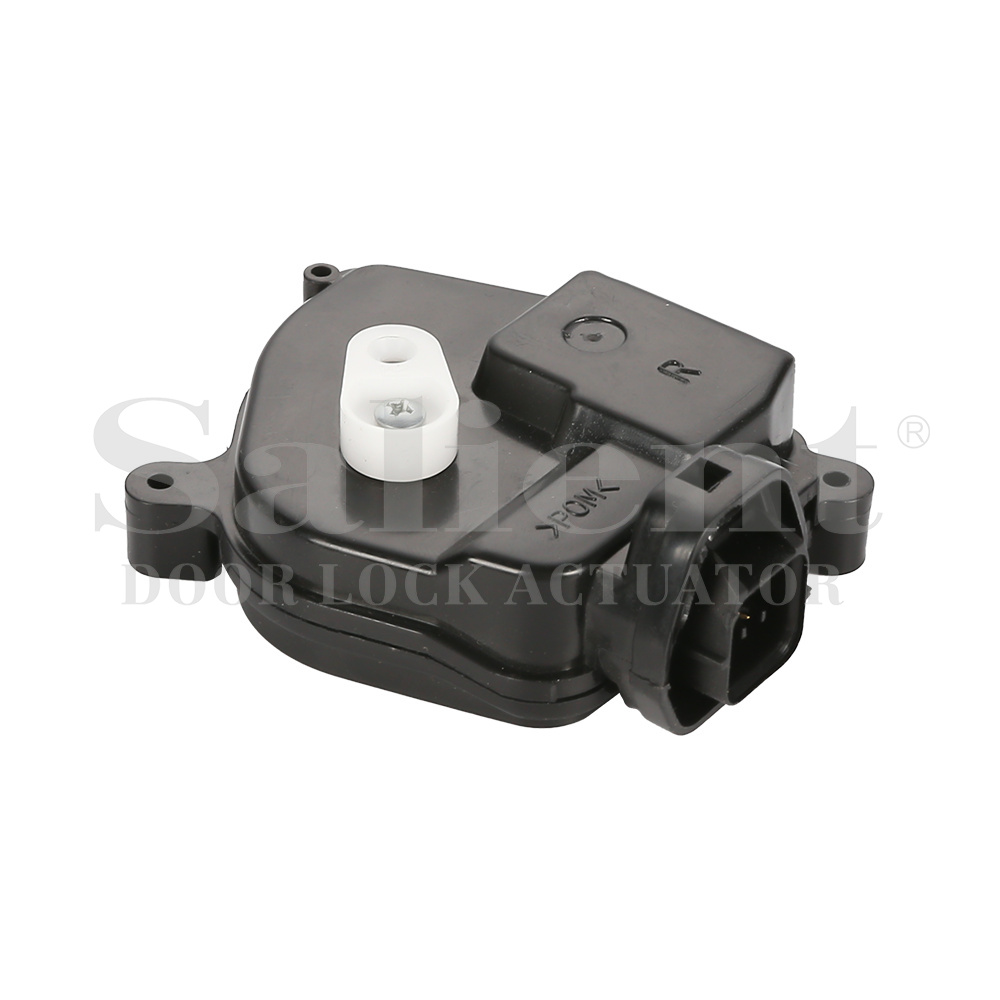
.jpg)
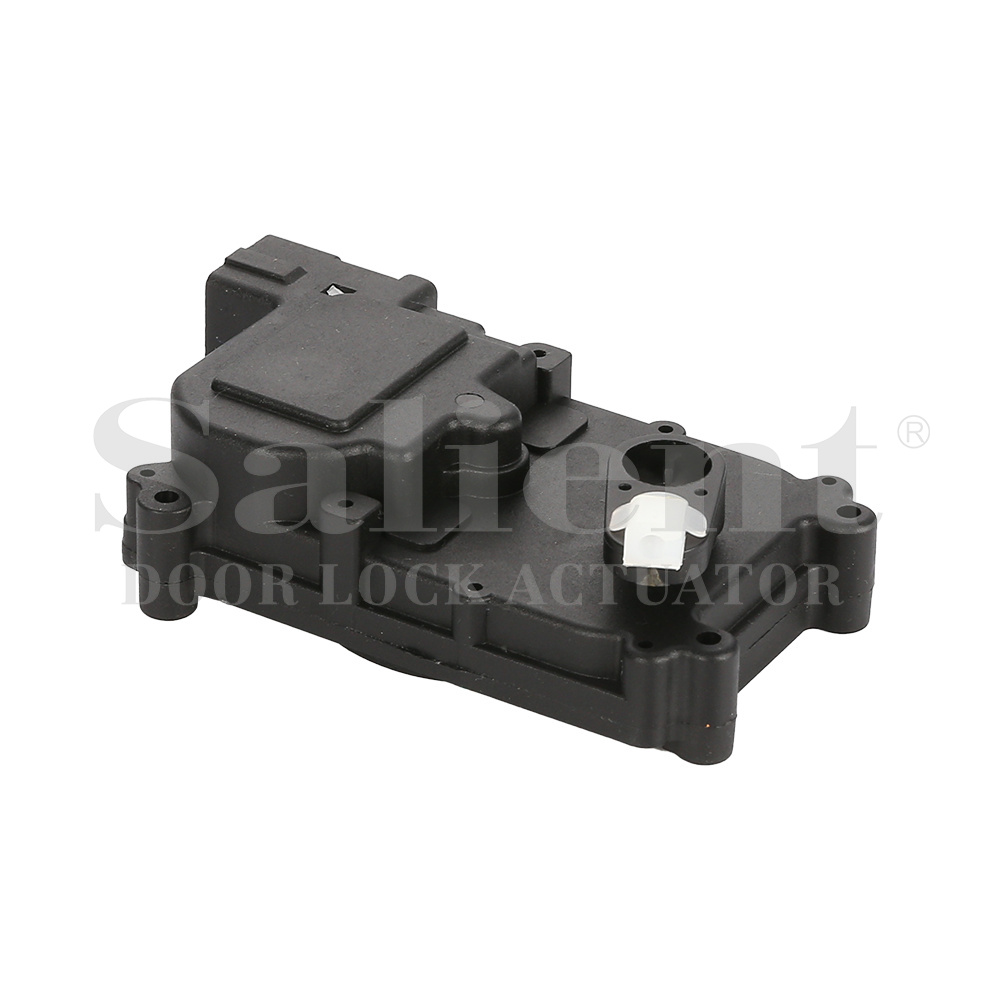
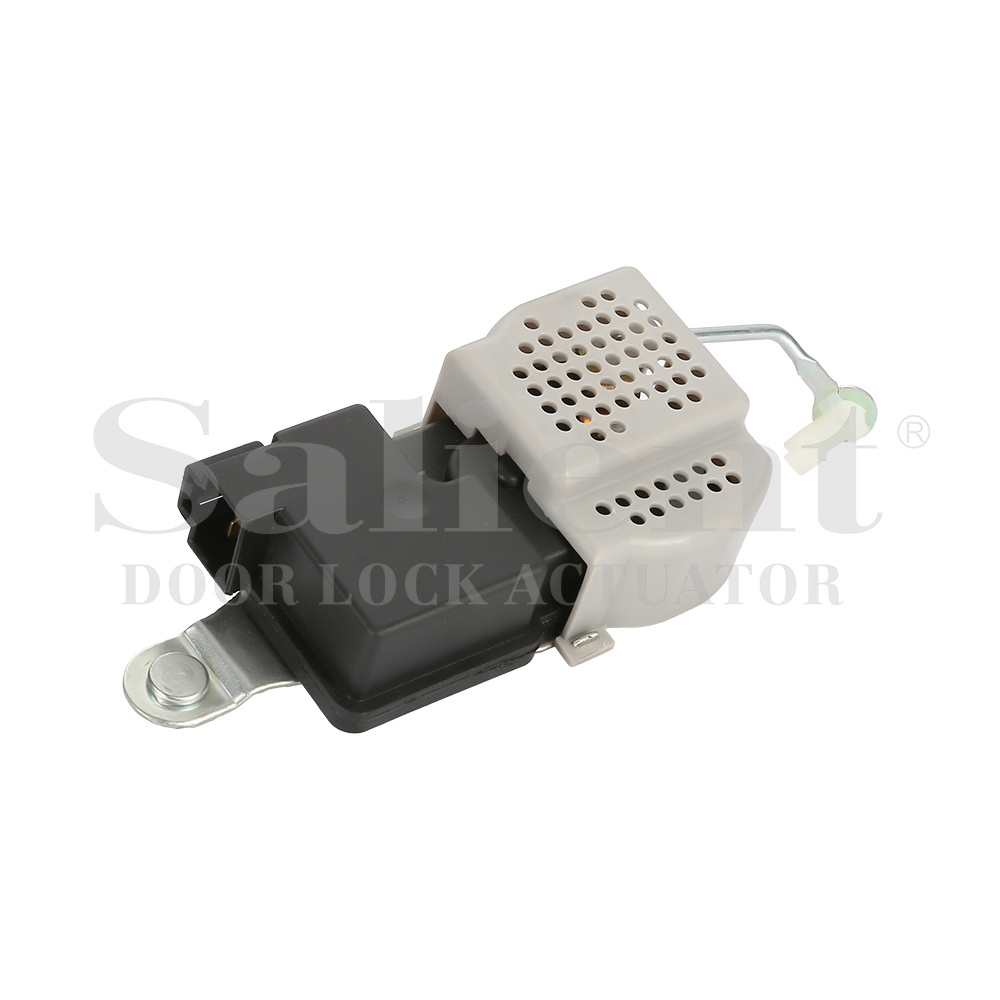
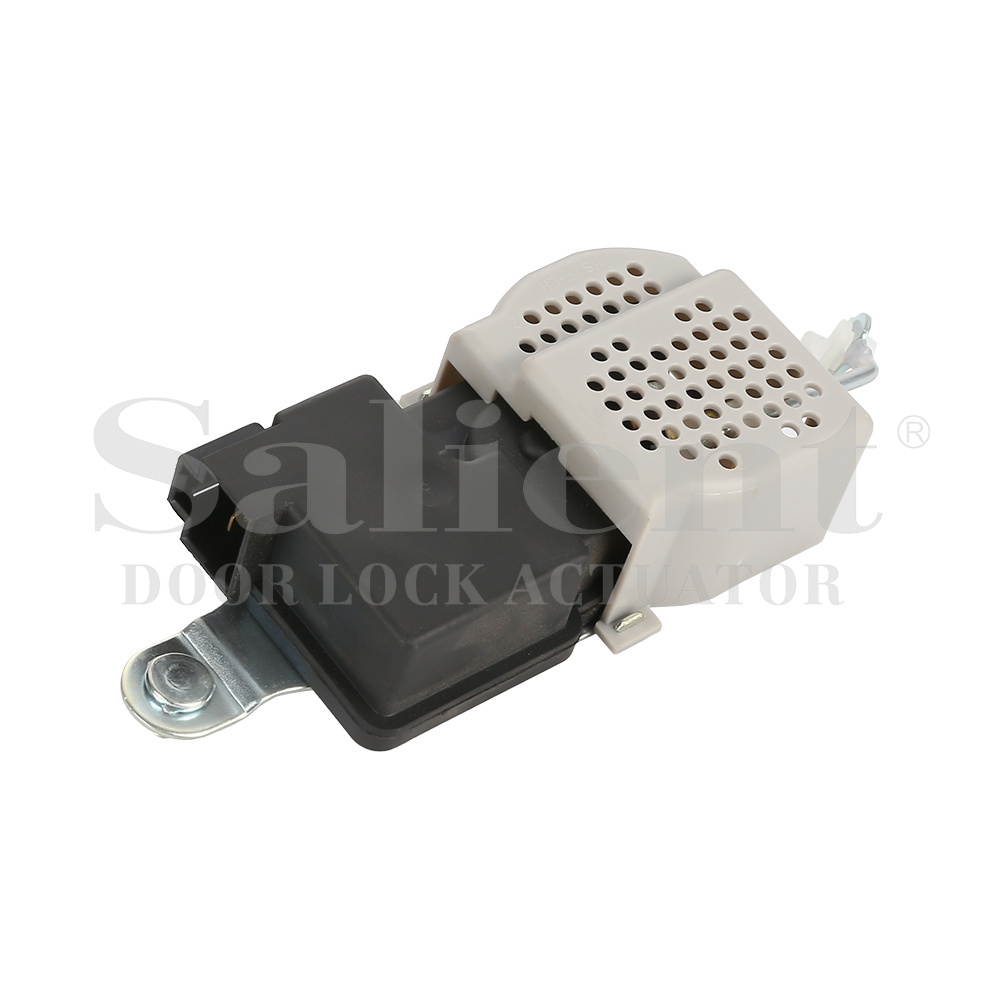
-1.jpg)
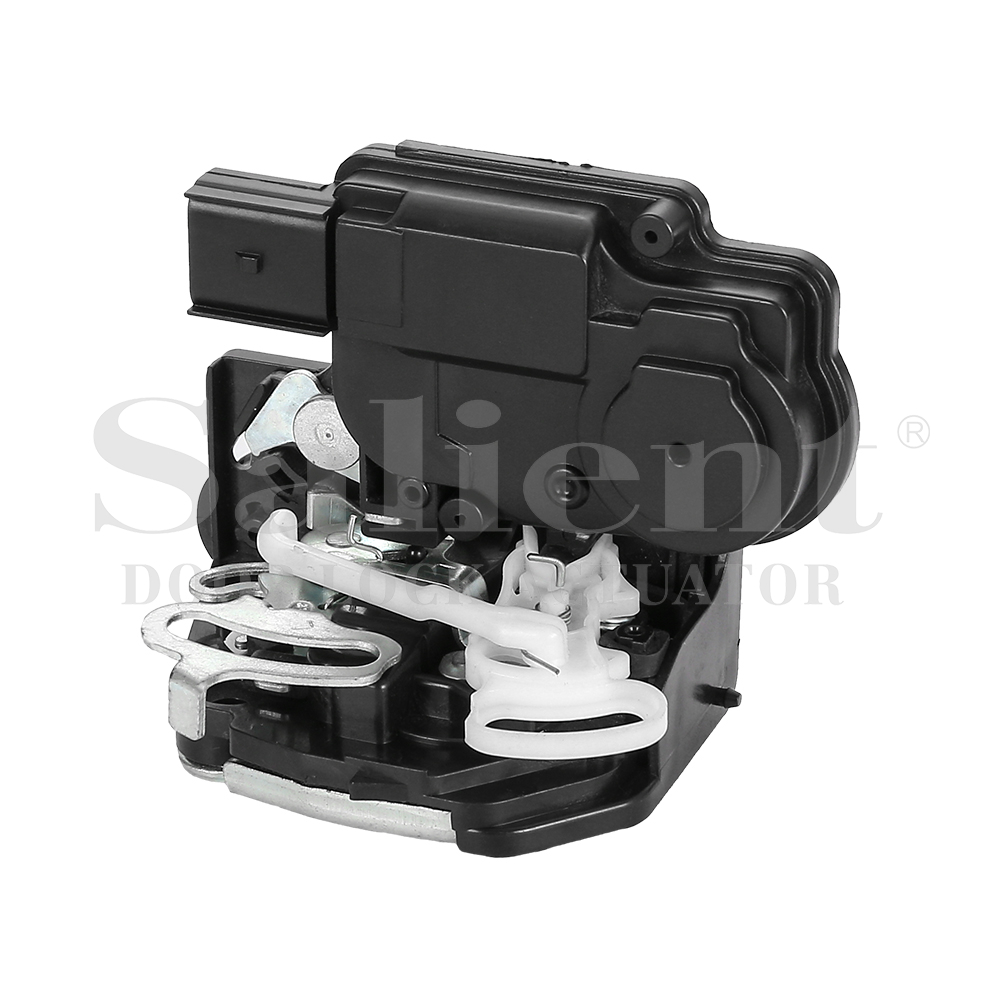
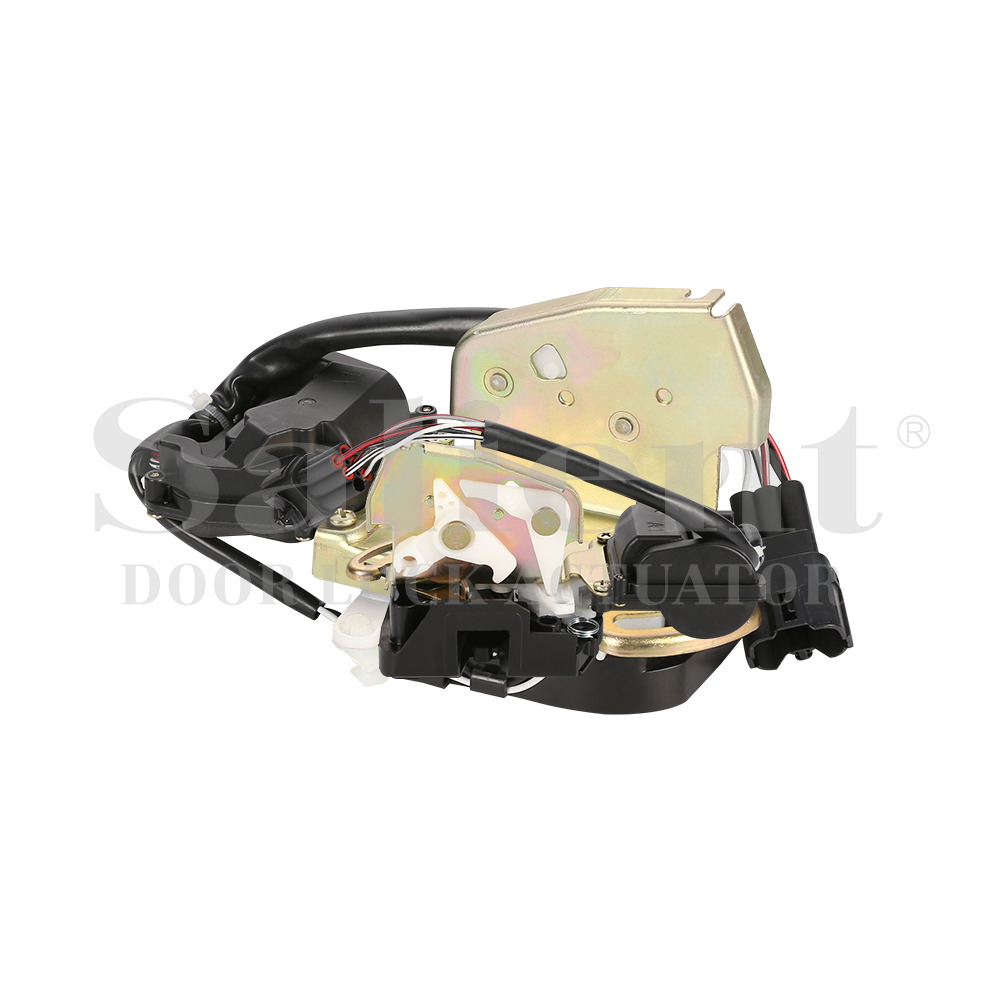
-1.jpg)
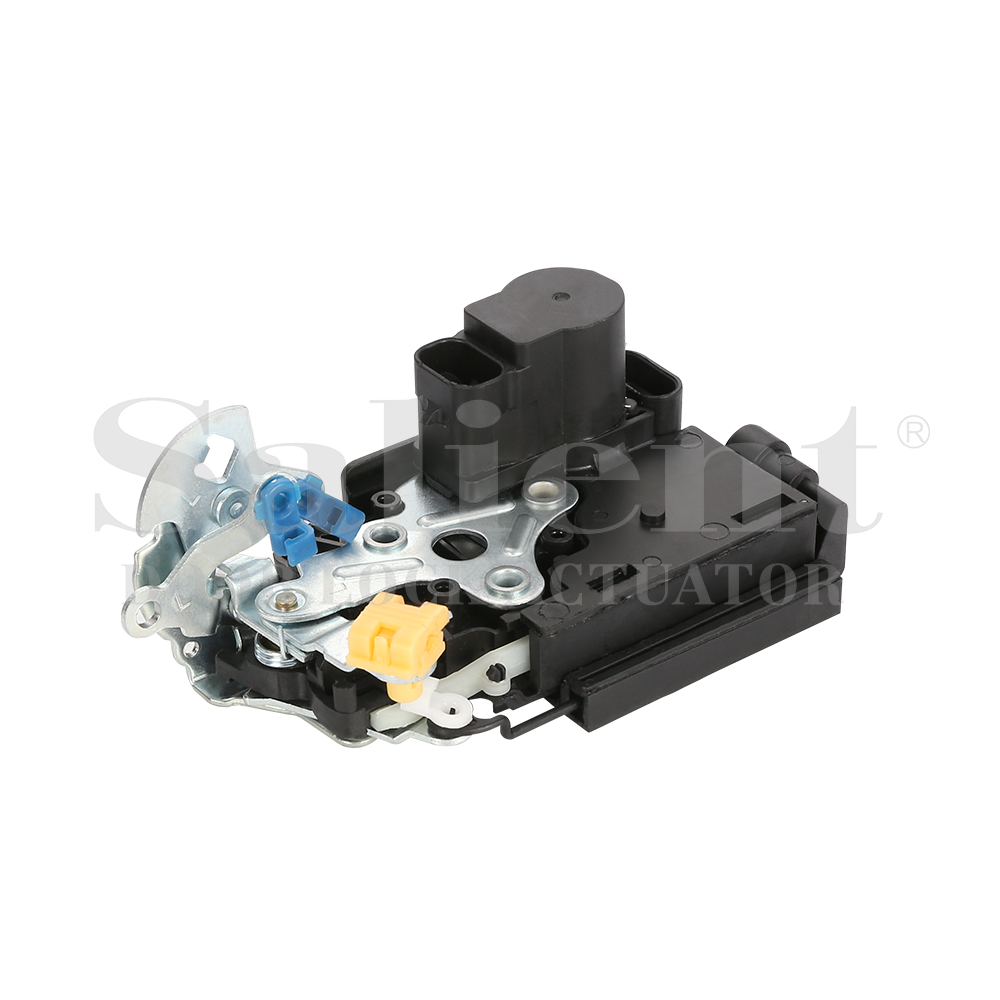
.jpg)
.jpg)

